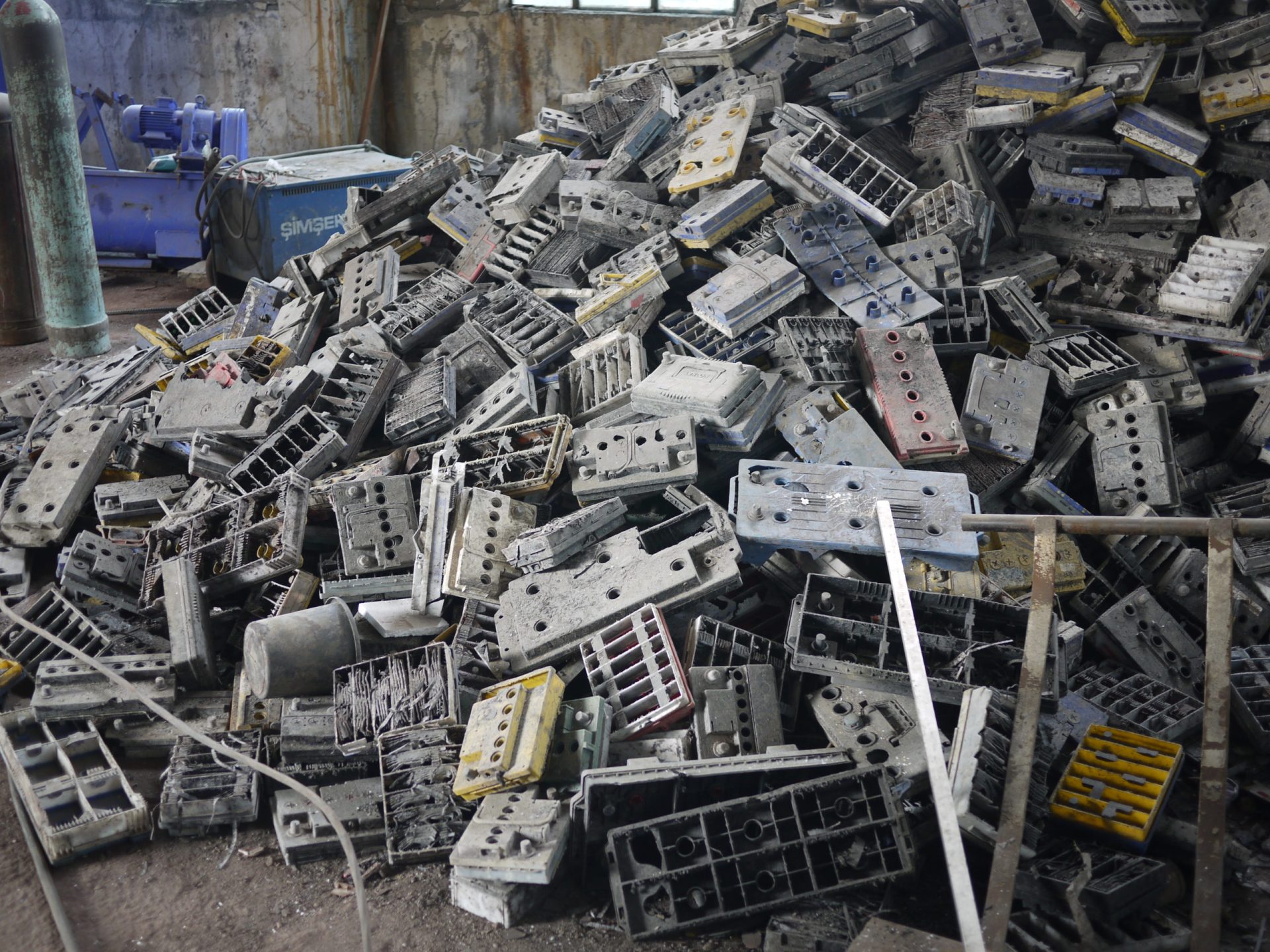Ghana: Sub-national Used Lead Acid Battery (ULAB) Enforcement Project

Pure Earth Ghana and other stakeholders (Mountain Research Institute, Environmental Protection Agency and Ghana Health Service) under the supervision of the Ministry of Local Administration, MMDAs .
In Ghana, improper use of lead-acid batteries (ULABs) has led to severe environmental contamination and widespread lead poisoning. With over 1.7 million Ghanaian children having elevated blood lead levels and lead pollution costing the country an estimated 4.5% of GDP, the urgency to address these issues is clear.
The total population of people where the project is implemented is 10, 896, 155, where Greater Accra and Ashanti region are 5,455,692, making up 17.7% of Ghana’s total population and Ashanti Population of 5,440,463 respectively.
Pure Earth, in collaboration with national and local stakeholders, has launched the Ghana Lead-Acid Battery Project to tackle these challenges. The project aims to translate national policies into actionable local by laws and enhance enforcement mechanisms for sustainable ULAB recycling.
The project funded by the US Department of state is a collaborative effort spearheaded by Pure Earth Ghana and other stakeholders (Mountain Research Institute, Environmental Protection Agency and Ghana Health Service) under the supervision of the Ministry of Local Administration, MMDAs .
Project Goal: To reduce and mitigate environmental contamination and human exposures to lead through the support of capacity-building efforts for the environmentally sound end-of-life management of LABs and ULABs in Ghana.
Objective: Identify and build capacity for achievable and sustainable policy making efforts to incorporate environmentally sound and high-standard practices for the end-of-life management of LABs and ULABs and implement identified policy making efforts (from Objective 1) into sustainable and measurable regulatory and governance actions that build capacity for environmentally sound end-of-life management of LABs and ULABs, while demonstrating subsequently reduced human exposures to lead.
